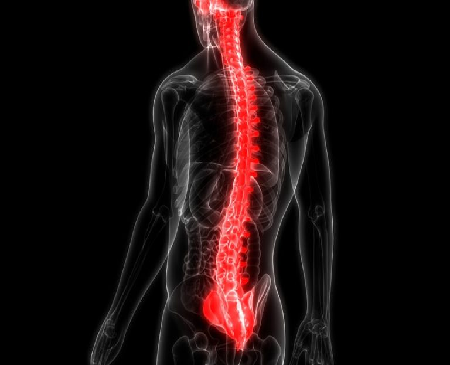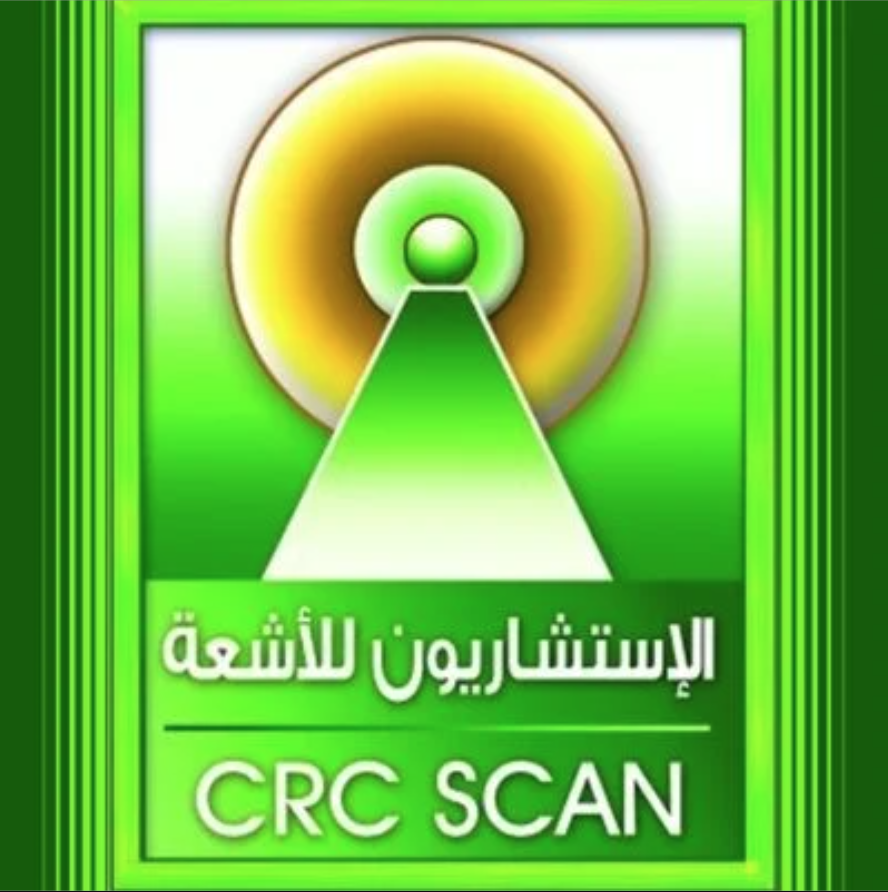

A spinal cord injury (SCI) occurs when the spinal cord is damaged due to trauma, disease, or degeneration, leading to partial or complete loss of function, sensation, and mobility below the site of injury.
Causes of Spinal Cord Injury
1. Traumatic Causes:
Car accidents (most common cause).
Falls, especially in older adults.
Sports injuries, such as diving accidents or high-impact collisions.
Violence, including gunshot or stab wounds.
2. Non-Traumatic Causes:
Spinal tumors that compress the spinal cord.
Multiple sclerosis (MS) or other demyelinating diseases.
Spinal cord infections like meningitis or tuberculosis.
Degenerative disc disease or spinal stenosis leading to compression.
Types of Spinal Cord Injuries
Complete SCI: Total loss of motor function and sensation below the injury level.
Incomplete SCI: Some motor or sensory function remains below the injury level.
Symptoms of Spinal Cord Injury
Loss of movement and coordination.
Numbness, tingling, or pain in the limbs.
Loss of bowel and bladder control.
Difficulty breathing (in high spinal injuries).
Muscle weakness or paralysis.
Treatment for Spinal Cord Injury
Emergency Treatment:
Immobilization to prevent further damage (e.g., using a cervical collar).
Medications like corticosteroids (in some cases) to reduce inflammation.
Surgical intervention to remove bone fragments, repair fractures, or relieve pressure on the spinal cord.
Long-Term Management:
Physical therapy to improve strength, coordination, and mobility.
Occupational therapy to assist with daily activities and independence.
Assistive devices like wheelchairs, braces, or exoskeletons.
Pain management with medications, nerve stimulation, or alternative therapies.
Physical therapy plays a crucial role in the treatment of spinal cord injury (SCI), helping to restore movement, improve muscle strength, reduce pain, and enhance the quality of life for patients with partial or complete paralysis. The role of physical therapy depends on the level and severity of the injury.
The Role of Physical Therapy in Spinal Cord Injury Includes:
1. Improving Muscle Strength and Coordination:
2. Maintaining Range of Motion:
3. Reducing Pain and Improving Nerve Control:
4. Enhancing Daily Functioning:
5. Neurological Rehabilitation:
6. Improving Psychological and Social Well-being:
7. Preventing Secondary Complications:
Our team of experienced physical therapists will work with you to develop an individualized treatment plan that fits your specific needs and goals.










